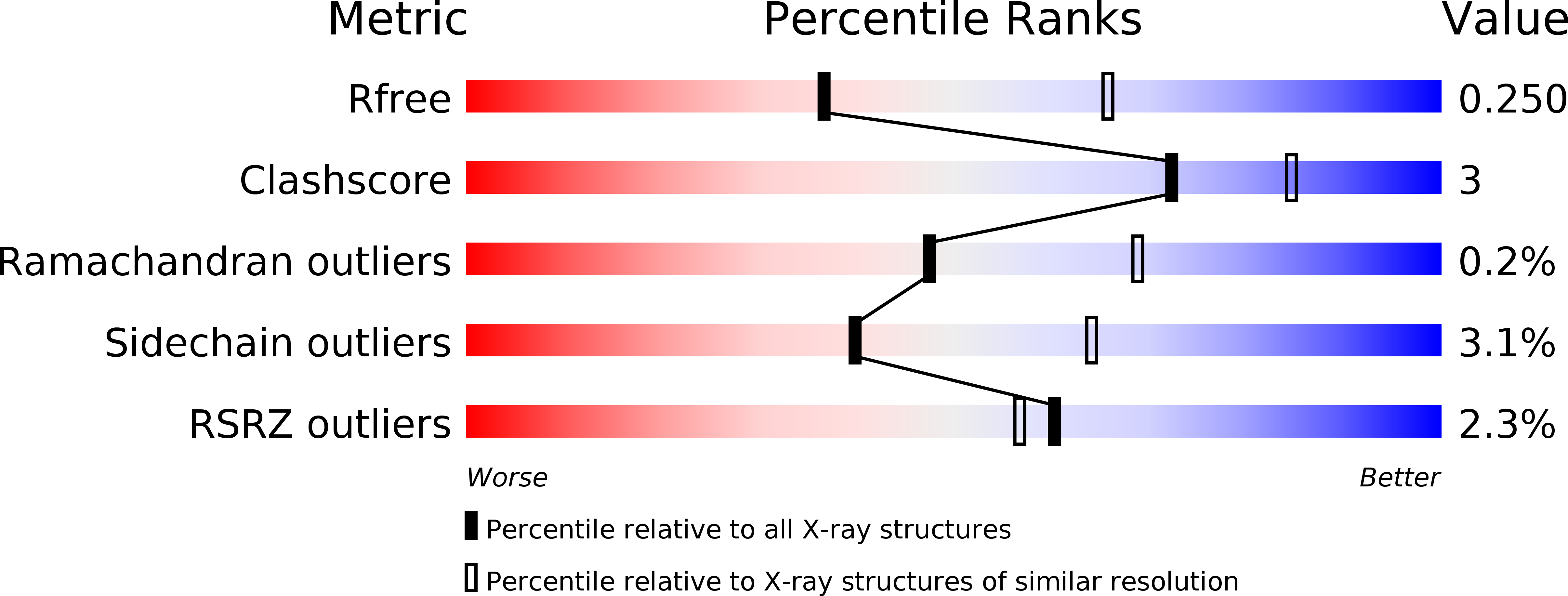
Deposition Date
2018-03-17
Release Date
2019-03-20
Last Version Date
2023-11-22
Entry Detail
PDB ID:
5ZIX
Keywords:
Title:
Crystal structure of Ketopantoate reductase from Pseudomonas aeruginosa bound to NADP+
Biological Source:
Source Organism:
Pseudomonas aeruginosa PAO1 (Taxon ID: 208964)
Host Organism:
Method Details:
Experimental Method:
Resolution:
2.57 Å
R-Value Free:
0.25
R-Value Work:
0.21
R-Value Observed:
0.21
Space Group:
P 42 21 2


